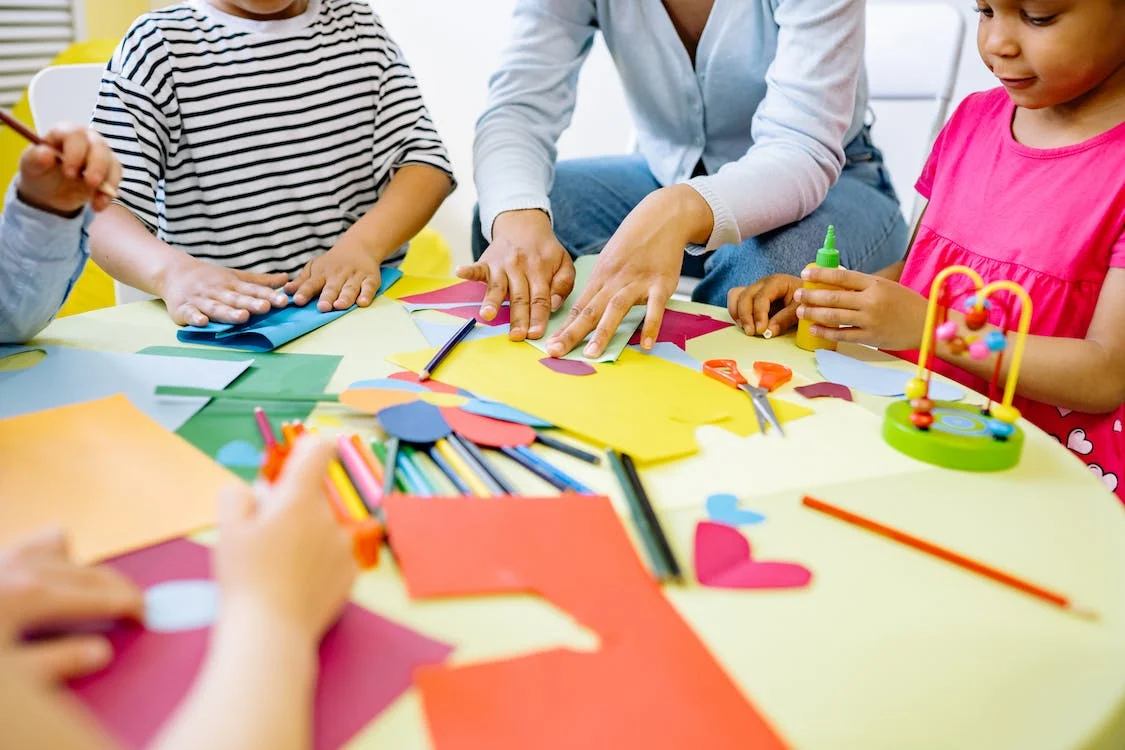Active Learning
Active Learning
5/30/24
Active Learning
 |
| Image Source: Vectezzy.com |
My active learning introduction
This week we explored on what active learning is all about. In the Center for Educational Innovation article describes this strategy perfectly, "Active learning refers to a broad range of teaching strategies which engage students as active participants in their learning during class time with their instructor. Typically, these strategies involve some amount of students working together during class, but may also involve individual work and/or reflection." My first experience with active learning is in my 7th grade reading class. My teacher helped us as students learn at our own way and with different learning styles. The valuable strategy we used was the think-pair-share method which is to read over a reading paragraph and then to check in with my partner next to me. The teacher made this class fun because this strategy worked and the teacher would change up what we needed to learn each week. In my current line of work, I enjoy the active learning styles because this gives the kids the opportunity to express in all different ways.
 |
| Image Source: Splashlearn.org |
Role Playing
Role playing is an active learning strategy I wanted to explore on further. What is role playing? Role playing is having individuals use their strategies to act out a variety of different situations. This can be from a story, real life event and helps to ease their own feelings. This is a fun exercise where anyone can be silly, dance out, act out with someone and to express their own thoughts. This strategy can be complex because this can be hard for individuals to express their raw emotions. Speaking in front of others and sometimes being too vulnerable can be a negative outcome.
I have been introduced to this active learning strategy for a while now in my educational experiences. Role playing gives the child a sense of guidance and accomplishment of what they are free to do. I have noticed this more in the dramatic play area, where the children express cooking and ordering food. One example is one child ordering food and the other waiting at the table. In the next moment someone else can be dressing up as a firefighter and then a police officer comes by. This can go on for quite some time. At this age they are able to stay entertained and interact with each other nicely.
Acting out the role play
The best role play example is with a story. We have children that love to dress up, but to interact in this play, they are front and center. The stage is their dream and how this happens is to act out to what story is coming to life. The children gather all of the items they need, which is clothing, to accessories, the lighting in the room, the instruments they want to engage and this keeps going on. One day I chose to interact with book called " The Rainbow Fish." This story is fun and helps children in their problem solving skills. I had to choose one person to be the main fish and the rest to follow. This was so much fun, we did not go by each word of the story, but we made it up as we went. At the end of the school year I was told this was the best story we interacted all year. A valuable lesson in learning about the importance of role playing and the positive outcomes it does bring.
Video Image: You Tube- Video Role Playing The Rainbow FishCite:
https://cei.umn.edu/teaching-resources/active-learning
https://www.niu.edu/citl/resources/guides/instructional-guide/role-playing.shtml

What a fun video!
ReplyDeleteHi Liz!
ReplyDeleteYour explanation and example of the role playing strategy has inspired me to try using this strategy with my students next year! I like how you described it as a low stakes activity where everyone is free to participate, instead of putting students on the spot.